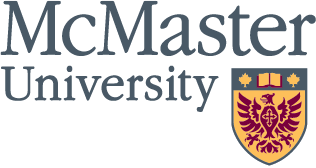September 19, 2002
NEW! Posted on Sept. 19: Students introduced to McMaster Alumni Association
Read More
 Share
Share
SHARE WITH YOUR FRIENDS
Pick one or more destinations:
0
0
0
×
September 18, 2002
Posted on Sept. 18: Community Campaign launches with lunch
Read More
 Share
Share
SHARE WITH YOUR FRIENDS
Pick one or more destinations:
0
0
0
×
September 17, 2002
Posted on Sept. 17: Spotlight shines on McMaster’s spinal cord research
Read More
 Share
Share
SHARE WITH YOUR FRIENDS
Pick one or more destinations:
0
0
0
×
September 17, 2002
Posted on Sept. 17: Companies seek out McMaster students
Read More
 Share
Share
SHARE WITH YOUR FRIENDS
Pick one or more destinations:
0
0
0
×
September 17, 2002
Posted on Sept. 17: Canada’s innovation strategy develops at McMaster
Read More
 Share
Share
SHARE WITH YOUR FRIENDS
Pick one or more destinations:
0
0
0
×

